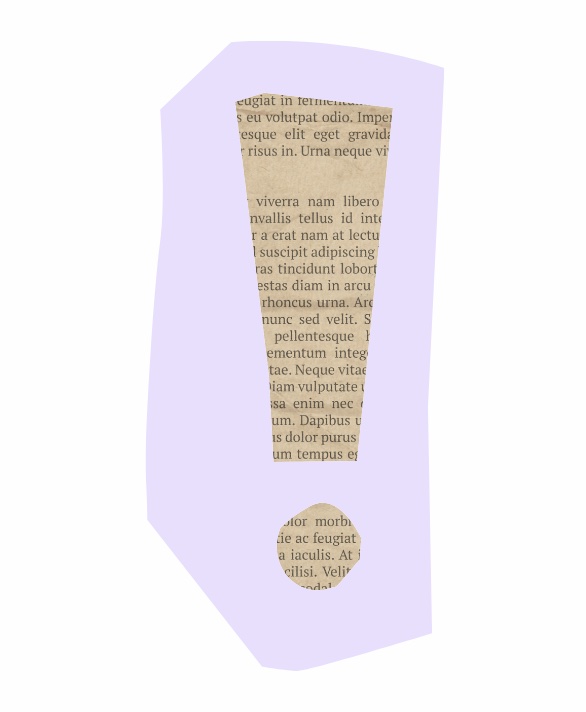Concepts de base
The author argues that exclamation points have been unfairly stigmatized and explores their historical significance in literature, urging writers to embrace their power in conveying emotions effectively.
Résumé
Exclamation points have faced criticism for being noisy and unnecessary, especially in the digital age. However, authors like Hemingway, Rushdie, Austen, and others have used them strategically to enhance storytelling. The evolution of the exclamation point from its origins as a punctuation mark denoting wonder to its modern usage as a tool for emotional expression is highlighted throughout the content.
Personnaliser le résumé
Réécrire avec l'IA
Générer des citations
Traduire la source
Vers une autre langue
Générer une carte mentale
à partir du contenu source
Voir la source
themillions.com
How to Exclaim!
Stats
"Rushdie uses the staggering number of 2.131 !s—and average of six exclamation points per page!"
"Hemingway's entire works contain only 59 exclamation points."
"Headley gives the old story freshness and relevance without rendering it ridiculous."
Citations
"Whenever you’re unsure of whether to stick your neck out and shout or not, remember Jane Austen and Salman Rushdie: permission to exclaim granted!"
Idées clés tirées de
by Florence Haz... à themillions.com 10-11-2023
https://themillions.com/2023/10/how-to-exclaim.html
Questions plus approfondies
How has social media influenced the perception of punctuation marks like exclamation points?
Social media has significantly impacted the perception of punctuation marks, particularly exclamation points. With the rise of platforms like Twitter and Instagram, where brevity is key, users tend to use exclamation points more frequently to convey emotions and emphasis in their posts. The ease of typing on smartphones and the instant nature of communication have led to an overuse of exclamation points as a way to express excitement or urgency. This trend has somewhat devalued the impact of the exclamation point, with some considering it as attention-seeking or unnecessary due to its ubiquity in digital communication.
Is there a cultural aspect to the use of exclamation points that varies across different languages?
Yes, there is a cultural aspect to the use of punctuation marks like exclamation points that varies across different languages. Some languages may have specific rules or conventions regarding punctuation usage, including when and how to use exclamation points. For example, in Germanic languages like German or Dutch, exclamations are often expressed through intonation rather than written symbols like !. In contrast, Romance languages such as Spanish or Italian may employ more expressive punctuation marks for emphasis.
Additionally, cultural norms and communication styles can influence how freely individuals from different cultures use exclamation points. Some cultures may be more reserved in their expression compared to others who are more emotive and prone to using exclamatory language. These differences can manifest in varying approaches towards punctuations like exclamation points.
How can authors strike a balance between using exclamation points for emphasis without overdoing it?
Authors can strike a balance between using exclamation points for emphasis without overdoing it by being intentional and strategic with their usage. Here are some tips:
Contextual Relevance: Ensure that each instance of an exclamation point aligns with the tone and emotion you want to convey in your writing.
Moderation: Use restraint when incorporating exclamation points; reserve them for moments that truly require heightened emotion or importance.
Vary Punctuation: Instead of relying solely on ! for emphasis, explore other forms of punctuation (such as dashes or ellipses) that can also convey intensity without overwhelming the reader.
Editing: During revisions, review your text specifically focusing on instances where you've used ! excessively; consider if they all serve a purpose or if some could be replaced with subtler alternatives.
5Reader Impact: Put yourself in your readers' shoes - consider how multiple exclamations might come across; aim for clarity rather than bombarding them with excessive enthusiasm.
By following these guidelines, authors can effectively utilizeexclamatorypunctuationmarksforemphasiswhilemaintainingabalanceintheirwritingstyleandtone
0
